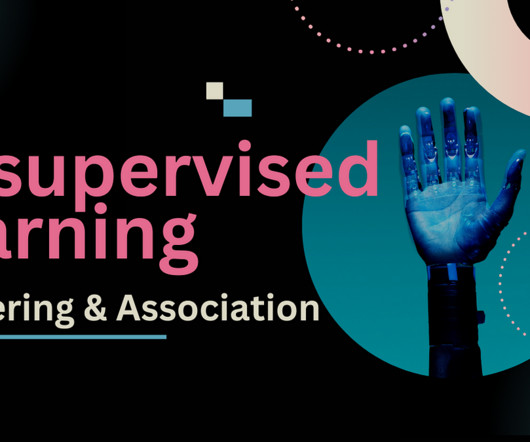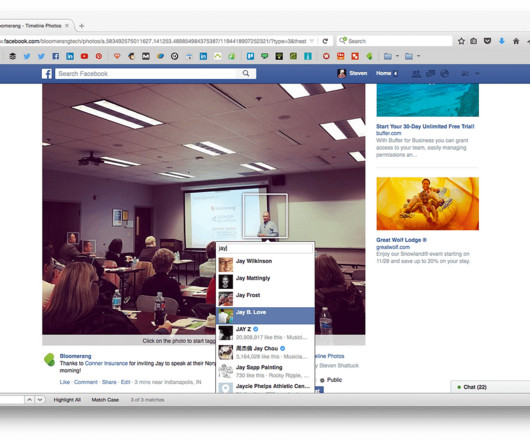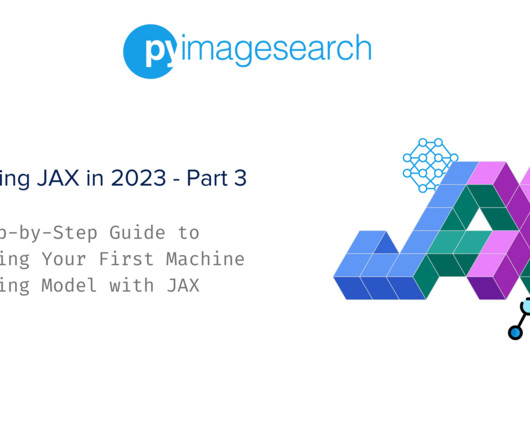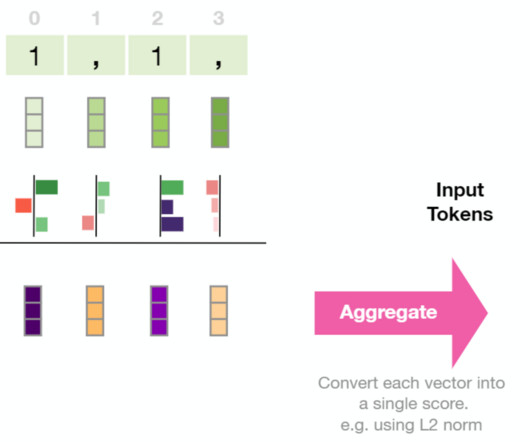Beginner’s Guide to ML-001: Introducing the Wonderful World of Machine Learning: An Introduction
Towards AI
FEBRUARY 20, 2024
This ability empowers them to identify patterns, make predictions, and even generate creative content. Slope, intercept in case of linear regression). Linear Regression Decision Trees Support Vector Machines Neural Networks Clustering Algorithms (e.g., You show many cats to the child.













Let's personalize your content